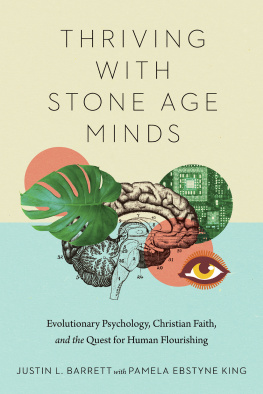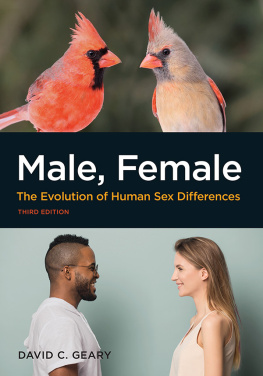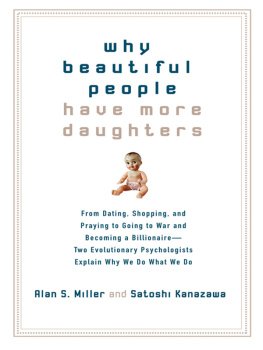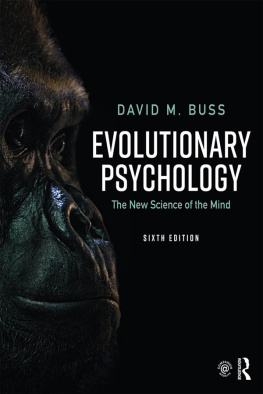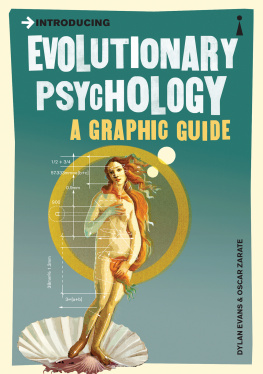Why Beautiful People Have More Daughters
From Dating, Shopping, and Praying to Going to War and Becoming a BillionaireTwo Evolutionary Psychologists Explain Why We Do What We Do
Alan S. Miller and Satoshi Kanazawa
A Perigee Book
A PERIGEE BOOK
Published by the Penguin Group
Penguin Group (USA) Inc.
375 Hudson Street, New York, New York 10014, USA
Penguin Group (Canada), 90 Eglinton Avenue East, Suite 700, Toronto, Ontario M4P 2Y3, Canada
(a division of Pearson Penguin Canada Inc.)
Penguin Books Ltd., 80 Strand, London WC2R 0RL, England
Penguin Group Ireland, 25 St. Stephens Green, Dublin 2, Ireland (a division of Penguin Books Ltd.)
Penguin Group (Australia), 250 Camberwell Road, Camberwell, Victoria 3124, Australia (a division of Pearson Australia Group Pty. Ltd.)
Penguin Books India Pvt. Ltd., 11 Community Centre, Panchsheel Park, New Delhi110 017, India
Penguin Group (NZ), 67 Apollo Drive, Rosedale, North Shore 0745, Auckland, New Zealand
(a division of Pearson New Zealand Ltd.)
Penguin Books (South Africa) (Pty.) Ltd., 24 Sturdee Avenue, Rosebank, Johannesburg 2196, South Africa
Penguin Books Ltd., Registered Offices: 80 Strand, London WC2R 0RL, England
While the author has made every effort to provide accurate telephone numbers and Internet addresses at the time of publication, neither the publisher nor the author assumes any responsibility for errors, or for changes that occur after publication. Further, the publisher does not have any control over and does not assume any responsibility for author or third-party websites or their content.
Copyright 2007 by Alan S. Miller and Satoshi Kanazawa
All rights reserved.
No part of this book may be reproduced, scanned, or distributed in any printed or electronic form without permission. Please do not participate in or encourage piracy of copyrighted materials in violation of the authors rights. Purchase only authorized editions.
PERIGEE is a registered trademark of Penguin Group (USA) Inc.
The P design is a trademark belonging to Penguin Group (USA) Inc.
Library of Congress Cataloging-in-Publication Data
Miller, Alan S.
Why beautiful people have more daughters: from dating, shopping, and praying to going to war and becoming a billionairetwo evolutionary psychologists explain why we do what we do / Alan S. Miller and Satoshi Kanazawa.1st ed.
p. cm.
A Perigee book.
Includes bibliographical references and index.
ISBN: 978-1-1012-0347-7
1. Evolutionary psychology. 2. Beauty, PersonalPsychological aspects. 3. Sex differences (Psychology) I. Kanazawa, Satoshi. II. Title.
BF698.95.M545 2007
155.7dc22
2007011491
To our long-suffering foreign wives:

and

A. S. M. & S. K.
Contents
Preface
I first met Alan S. Miller in the Department of Sociology at the University of Washington, where I began my graduate study in 1985. Alan joined me in the department a year later, after having received his masters degree from California State University, Dominguez Hills, in 1986. Both Alan and I were trained in a field of sociology called rational choice theory, an application of microeconomic theory to sociological problems. After receiving my masters degree from Washington, I moved to the University of Arizona to pursue my PhD. Alan received his PhD from Washington in 1991, and took up his first teaching post at the University of North Carolina at Charlotte.
Years went by, and Alan and I kept in touch by email and telephone, although the very last time I ever saw Alan in person was August 1993 in Miami Beach, during the annual conference of the American Sociological Association. In 1998, Alan was beginning to write a book on group conformity and social order in Japan from a rational choice perspective. He had been teaching a course on the topic at Hokkaido University, to which he moved in 1996, and was frustrated by the lack of good textbooks in the subject area, so he decided to write one himself. He could write all of the empirical chapters on various aspects of life in Japan by himself, being an established Japan specialist and having lived in the country for a few years. But he needed help with writing the theoretical chapters, and asked me if I wanted to write them as the second author of the book. It was a very generous offer; he gave me joint authorship of the book for writing only two chapters in it. So even though I knew very little about Japan, we decided to write the book together. It was published in 2000.1
When Alan and I began collaborating on our first book, I started pitching evolutionary psychology to him. Alan was hooked instantaneously. He realized its tremendous value, as I did, and started reading evolutionary psychology voraciously. We later said that the best thing that came out of our collaboration on our first book was not the book itself but Alans conversion to evolutionary psychology. We could never stop talking about it; it is just that good. It is an endless fountain of ideas.
In September 2000, soon after our first book was published, Alan had an idea for our second book. He thought it would be great for us to write an introduction to evolutionary psychology for a general nonacademic audience. He also had the idea to make it an adult version of a childrens question-and-answer book of science. I thought it was a fantastic idea, so we began collaborating on our second book immediately.
Then, in early 2001, Alan fell ill and was later diagnosed with Hodgkins disease. He spent two years in and out of hospital, undergoing several major operations and constant chemotherapy and radiation therapy. Despite the fact that his initial prognosis was reasonably good (70 percent chance of survival), he became progressively ill. I visited Sapporo in late December 2002, but I was not able to see him; he was simply too ill, and the doctors didnt allow any visitors except for his wife. He died on January 17, 2003, at the tragically young age of 44. He is the closest friend whom I have ever lost to date, and I am not sure if I can ever get over it.
Before his death, while he was still relatively healthy, Alan was able to complete the first draft of several chapters of this book. He had also seen and commented on the first draft of several other chapters that I had written. However, as the nature of the book has changed since his death, I have had to rework all of Alans chapters, while retaining his original ideas.
Thus, Alan never had a chance to see the final manuscript or approve the subsequent revisions that I made to his chapters. I am keeping Alan as the first author of this book because that was the arrangement we agreed upon when we began our collaboration, and because the book was originally his idea. However, the reader should know that I am solely responsible for the entire contents of the final manuscript, which Alan did not have a chance to see or approve. Alan should be credited as the genius behind this book, while any remaining shortcomings should be attributed to me.
Satoshi Kanazawa
Acknowledgments
This book has been a long time in the making. Due to the controversial and often politically incorrect nature of its subject matter, we have encountered obstacles and resistance from many corners in our effort to publish this book.
For bringing this project to long-delayed fruition, I must first of all thank my editor at Perigee, Marian Lizzi, for believing in me and in this project as no other editors have. Until I met Marian, I had not known that editors could be so supportive and encouraging; I had never had an editor who I felt was completely on my side and had my interests at heart. I could not have found Marian without my able literary agent, Andrew Stuart, who, through his worldwide network of subagents, also found several foreign publishers who wanted to translate and publish this book on three other continents.


